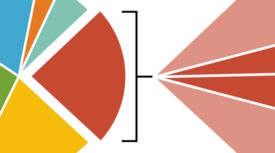Articles by Daniel Overbey
Enhance your expertise with unparalleled insights.
Join thousands of building professionals today. Shouldn’t you know what they know?
SUBSCRIBE TODAY!Copyright ©2024. All Rights Reserved BNP Media.
Design, CMS, Hosting & Web Development :: ePublishing
.png?height=168&t=1731679575&width=275)



.jpg?height=168&t=1724770715&width=275)

-redo.jpg?height=168&t=1719255411&width=275)



